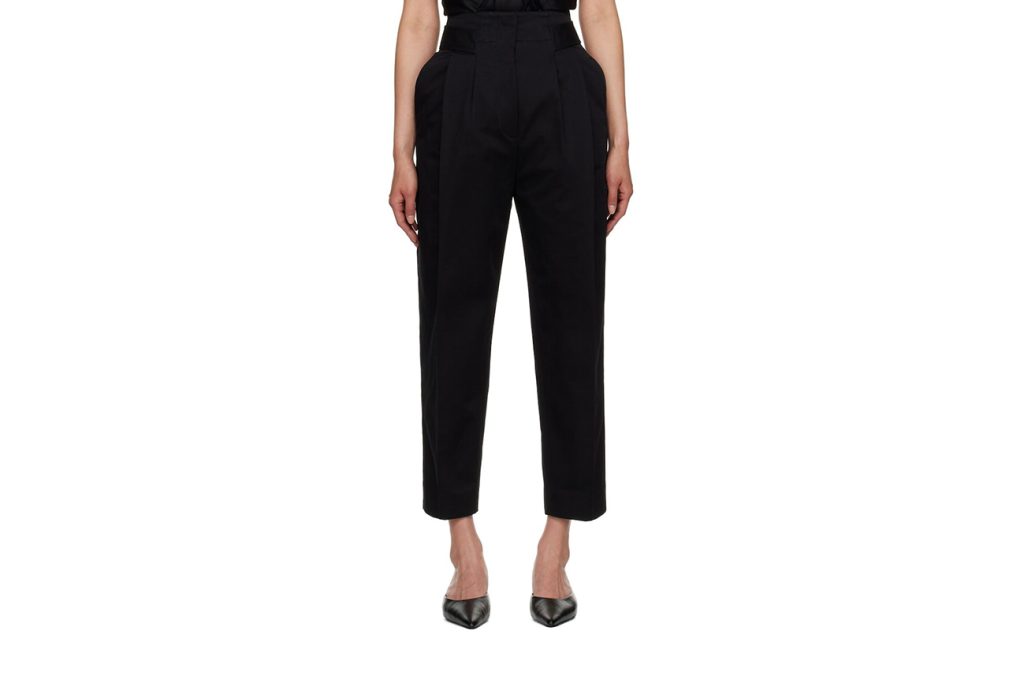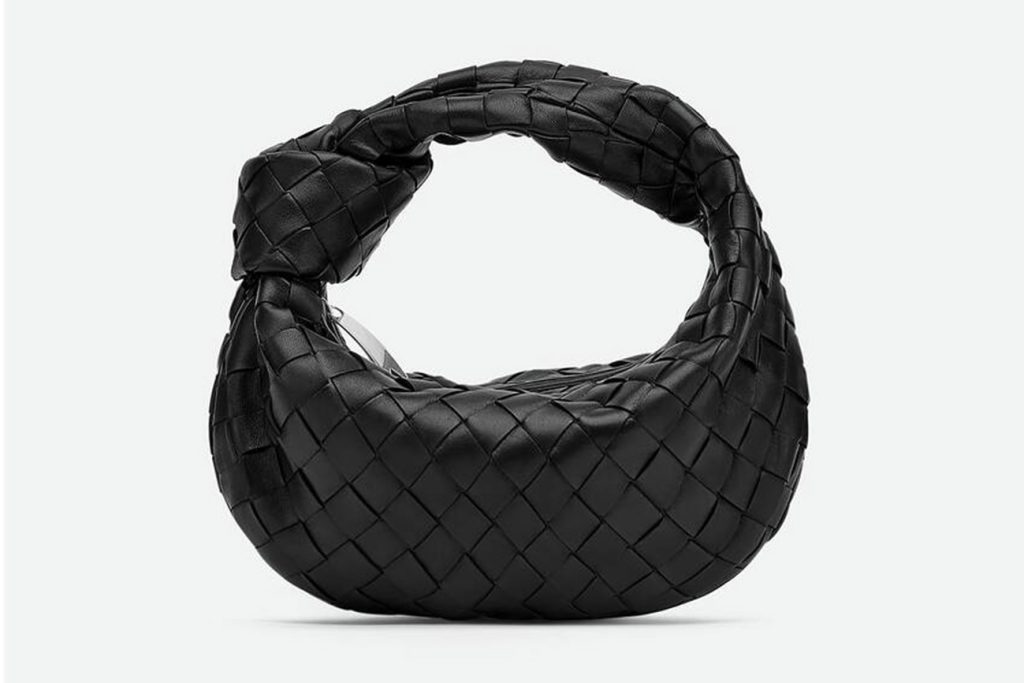Trends will come and go—cropped everything one season, oversized everything the next. But if you don’t understand proportion, even the most expensive, on-trend outfit can fall flat. On the other hand, get proportion right, and even a simple white shirt and jeans can look like a million-dollar ensemble. So what’s the secret that all truly stylish people know? It’s not what’s trending—it’s what fits their shape, their style, and the way they move.
If you’ve ever wondered why certain outfits look incredible on others but awkward on yourself, the answer likely lies in proportion, not personality.
It’s time to stop obsessing over trends and start focusing on the architecture of style—because once you nail that, every look becomes yours, regardless of what’s on the runway.
Why Proportion Matters More Than Ever
Today’s fashion moves fast. Micro-trends dominate social media, and entire aesthetics rise and fall in a matter of weeks. It’s easy to get swept up in the hype—oversized cargo pants, micro-minis, bodycon dresses—but here’s the truth: no trend will ever outperform a well-balanced silhouette.
Proportion is what creates harmony. It’s the subtle play of length, width, and cut that determines whether a look feels intentional or accidental. It’s why some people can wear the simplest outfit and still look impossibly chic, while others can be draped in the latest designer drops and look… off.
Think of it as visual rhythm—once you understand it, you can manipulate it, play with it, and ultimately, master it.
The Golden Rule: Balance Over Blind Copying
Let’s get something clear: balance doesn’t mean symmetry. It means intentional contrast that works with your body’s natural lines. Here are a few foundational ideas:
1. If it’s big on top, go sleek below—and vice versa.
Oversized blazer? Try it with a slim-fit pant or a mini skirt. Want volume in your trousers? Pair with a cropped or fitted top.
Try:
Frankie Shop’s Gelso Blazer for sharp, exaggerated shoulders.
Totême’s Twill Tapered Pants to bring back shape without losing fluidity.

2. Play with lengths.
A midi skirt with a boxy tee can look frumpy, but tuck that tee, belt the waist, or throw on a cropped jacket and suddenly, it’s editorial-worthy. Long coat? Short hemline. Long pants? Fitted or tucked-in top.
Try:
Nanushka’s Belted Vegan Leather Skirt for a structured silhouette.
COS’s Cropped Wool Jacket to offset length without losing polish.
3. Know where your waist is—and use it.
The waist is the visual anchor of proportion. Whether it’s natural, high, or dropped, define it. Belts, cropped silhouettes, or just tucking your shirt in can transform the entire visual of an outfit.
Try:
Khaite’s Benny Belt—chunky, confident, and an outfit-maker.
The Row’s Darla High-Waist Pants—minimalism meets shape control.
The Style Shift: From Trend Follower to Shape Curator
What if, instead of buying what everyone else is wearing, you built your wardrobe around your own visual harmony?
Here’s how to start:
1. Identify Your Dominant Line
Do you feel most confident in long, fluid shapes? Structured, boxy pieces? Defined waistlines? Begin observing the common elements in the outfits you love on yourself. This is your “dominant line.”
For instance, someone with broad shoulders may thrive in drop-shoulder coats or dolman sleeves. Petite frames often benefit from cropped jackets and high-rise everything. It’s not about rules—it’s about recognizing what feels balanced.
2. Mirror vs. Disrupt
Some outfits work because they mirror your shape; others because they disrupt it—on purpose. Oversized pants on a tall, slender frame elongate further. But that same silhouette on a petite person may need a platform boot and fitted top to restore balance.
Let’s say you’re drawn to low-rise trousers (yes, they’re back). If you’re short-waisted, they might work brilliantly. But if you’re long-waisted, you might look out of proportion—unless you counterbalance with a boxy cropped knit or a bold shoulder line.
Try:
Low Classic’s Wide-Leg Low-Slung Trousers—perfect for an undone yet polished vibe.
Aeyde’s Square-Toe Ankle Boots to restore verticality to any look.
Accessories: The Proportion Shifters
Never underestimate the power of accessories to recalibrate a look.
Belts: Define or fake a waistline.
Shoes: Add visual weight or elongate the leg. A chunky loafer from Ganni makes a soft outfit stronger. A sleek pump from Manolo Blahnik brings elegance to oversized trousers.
Bags: Crossbodies draw the eye to the waist. Mini bags shrink visual space. Oversized totes exaggerate a casual look.
Try:
Staud’s Moon Bag for asymmetrical impact.
Bottega Veneta’s Mini Jodie to keep proportion playful and chic.

Proportion Isn’t Just Physical—It’s Emotional
Wearing clothes that respect your proportions doesn’t just look better—it feels better. You’ll notice fewer outfit regrets, fewer days where nothing “looks right,” and a gradual rise in compliments that sound more like: “You always look so put-together.”
Because proportion communicates intention. It says: I know myself, and I dress with clarity.
When you’re not distracted by chasing every trend, you can start refining your eye. And with that refinement comes the most underrated fashion skill: intuition.
Breaking Proportion Rules—Once You’ve Mastered Them
Here’s the paradox: the better you understand proportion, the more creatively you can break the rules. Intentionally drowning yourself in oversized pieces? Go for it—just make sure the texture, structure, or accessories bring it back to balance.
Layering several long pieces with no defined shape? Add a pop of skin or sharp contrast to create tension.
Disruption becomes style when you know what you’re disrupting.
Your Closet, Your Canvas
So next time you’re tempted to jump on the next big thing—whether it’s balletcore, gorpcore, or some other TikTok-coined trend—pause. Ask yourself:
Does this support my natural proportions?
Can I balance this look in a way that flatters me?
Do I feel powerful, fluid, or effortless in this?
Fashion can be a game. But style? Style is a craft. And proportion is your most powerful tool.
So go ahead—rebuild your wardrobe, not around trends, but around balance. The results? Timeless, personal, and unmistakably chic.



